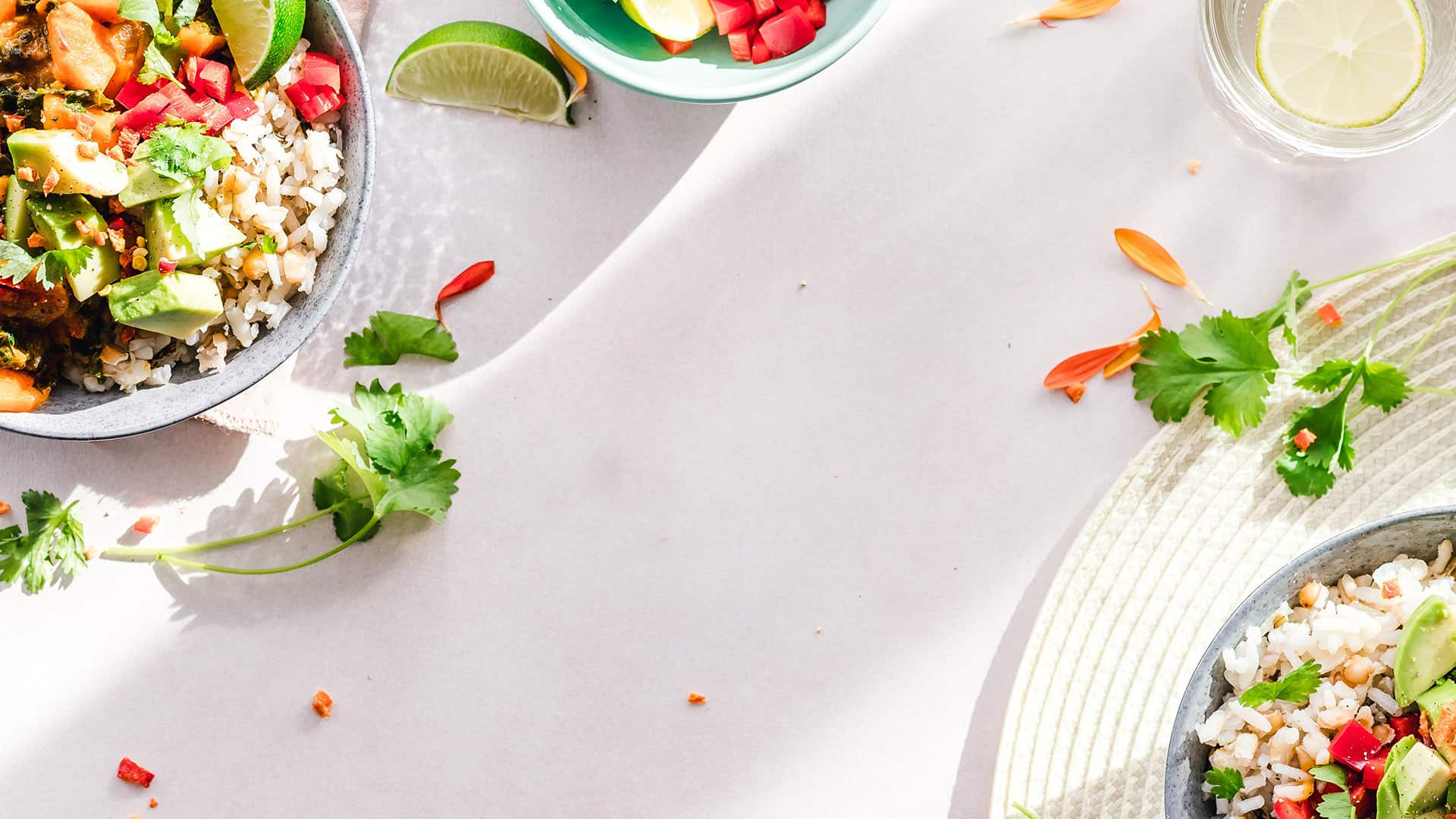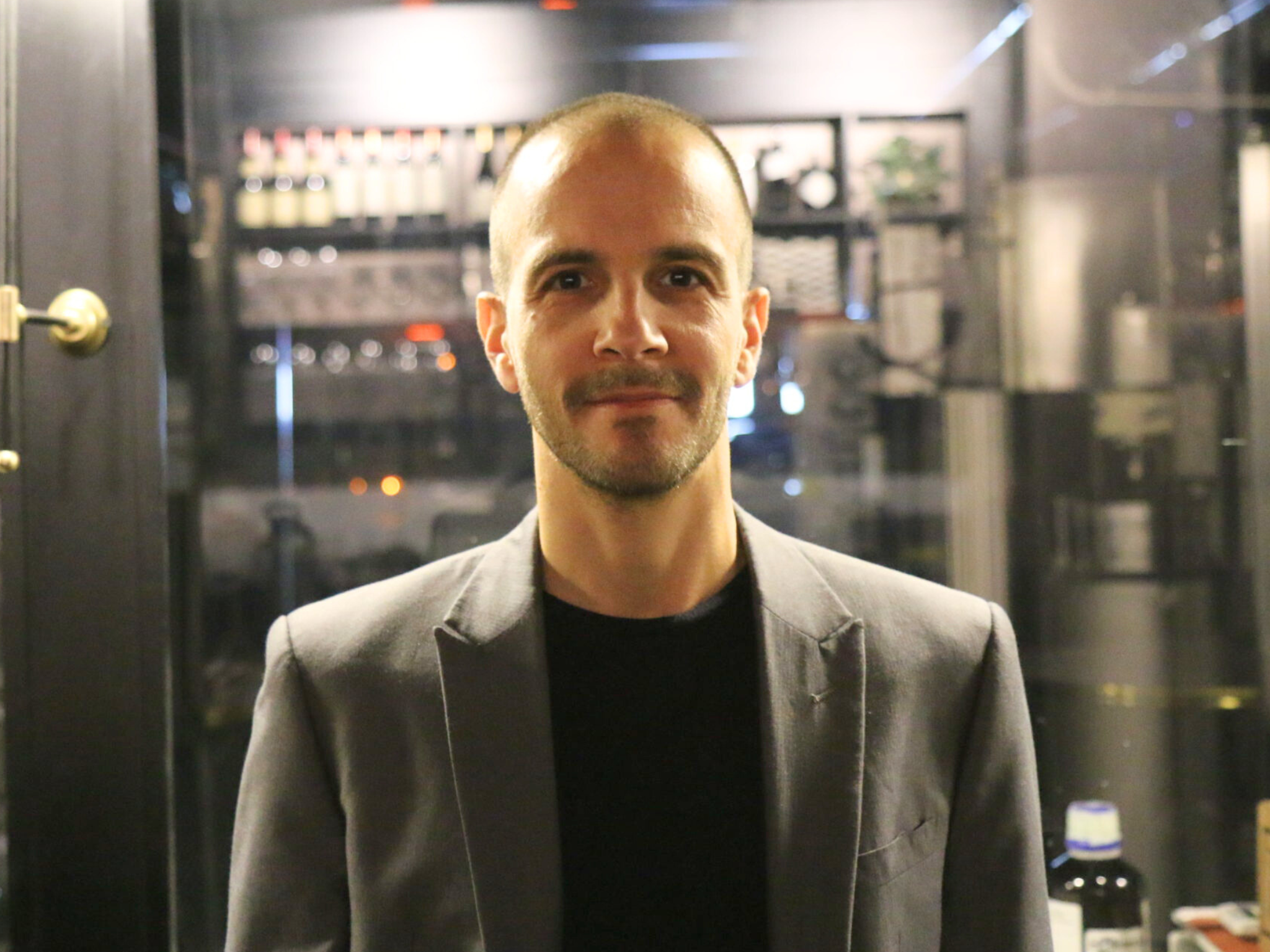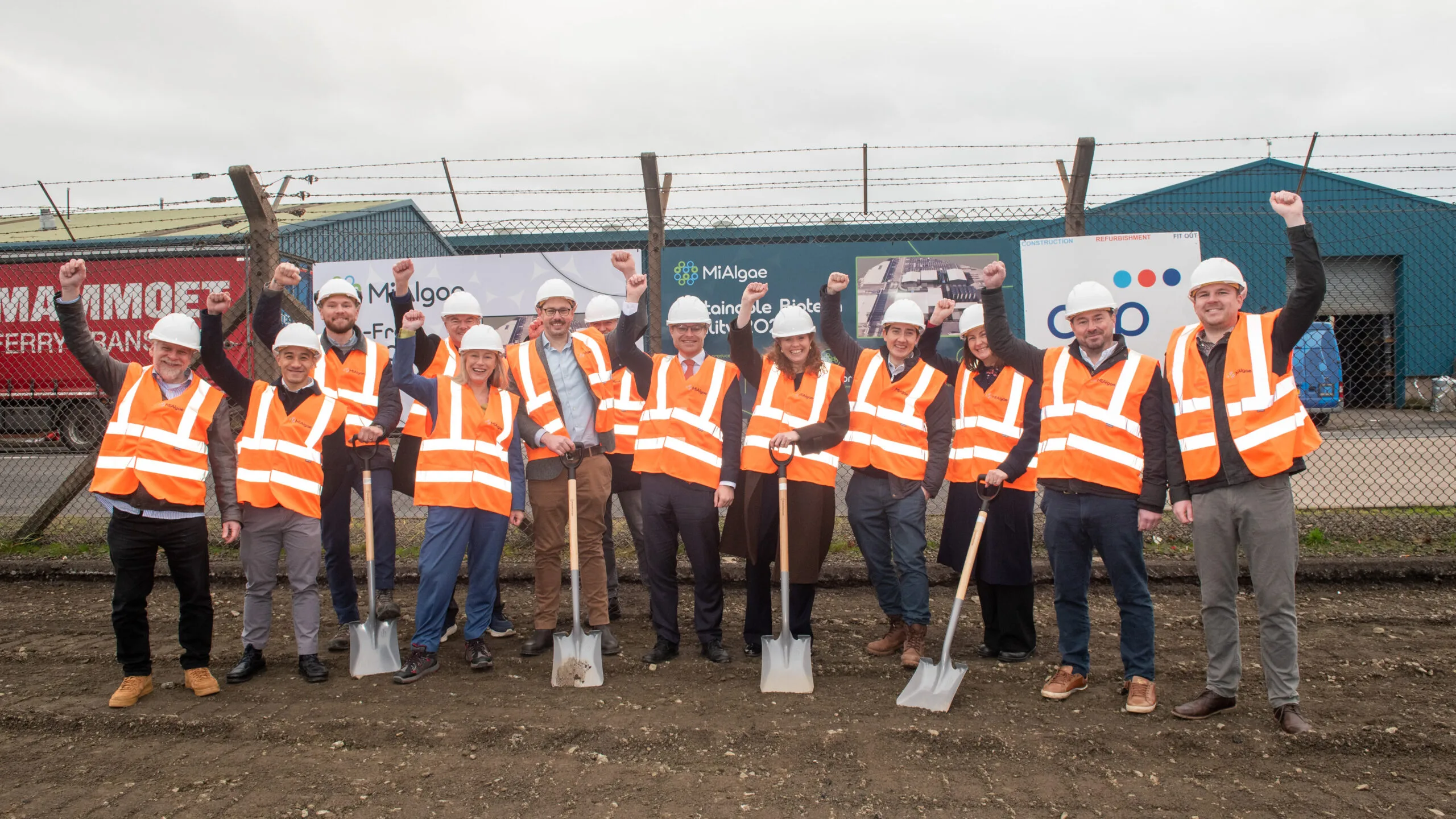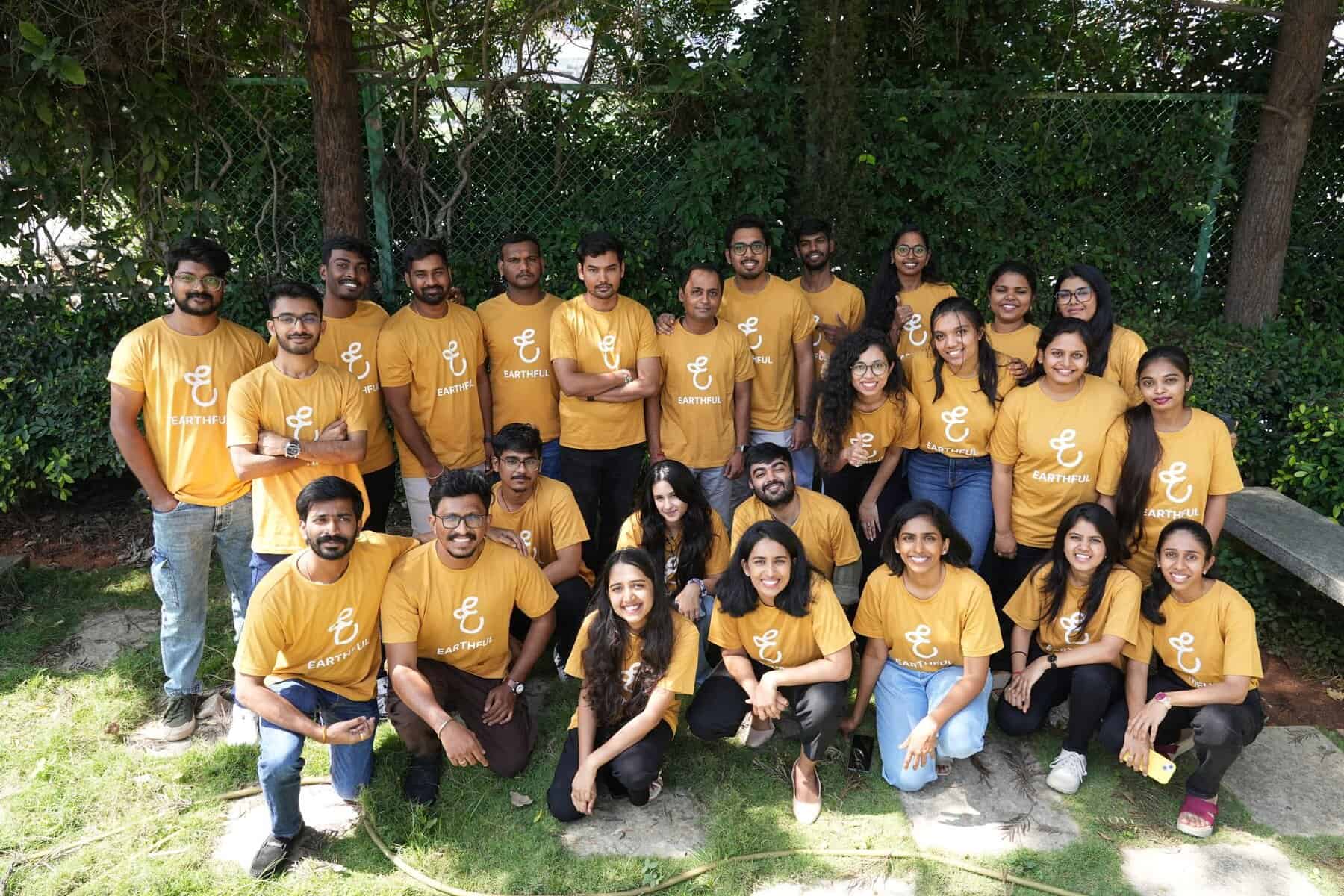

SuperMeat secures US$3.5 million to accelerate European launch after hitting cost parity on cultivated chicken
SuperMeat has raised US$3.5 million in new funding to support the commercial rollout of its cultivated chicken in Europe, marking a significant step toward bringing its 100% cell-based products to market. The round was led by existing investor Agronomics, which contributed US$2 million through a mix of cash and new shares, alongside follow-on participation from Milk and Honey Ventures. The financing formed part of a wider US$4.5 million Simple Agreement for Future Equity, capped at a post-money valuation of US$35 million.
Agronomics’ investment consisted of US$750,000 in cash and the equivalent of US$1.25 million in new Agronomics shares. The company said the support would help advance SuperMeat’s industrial production platform and prepare for commercial partnerships across Europe. Following the issuance of the shares, Agronomics’ stated position in SuperMeat increased to a holding carried at roughly £14.2 million, representing nearly 10% of its net asset value.
Jim Mellon, Executive Chair of Agronomics, said the company saw both strategic and commercial value in expanding its backing. “We are proud to further increase our investment in SuperMeat and its team. As global demand for protein continues to rise, it is essential to meet this demand sustainably, reducing the environmental and health impacts associated with industrial agriculture,” he said. “Its progress toward industrial-scale cultivated meat represents not only a compelling financial opportunity but also a strategic shift toward a cleaner, more resilient, and technologically advanced future for food.”
The new financing follows a year of technical progress for the Tel Aviv-based startup. In late 2024, SuperMeat announced a major cost-efficiency milestone, reporting that it could produce 100% cultivated chicken at approximately US$11.79 per pound at scale, aligning the cost with premium pasture-raised chicken in the United States. The achievement was based on a production process comprising 85% muscle and 15% fat, without blending plant-based ingredients to reduce costs. A life-cycle analysis conducted by CE Delft earlier in 2024 estimated that SuperMeat’s cultivated chicken could deliver roughly 50% fewer carbon emissions than conventionally farmed chicken.
SuperMeat Co-founder & CEO Ido Savir said the company’s focus had shifted toward translating these advances into commercial activity. “We’re honored by Agronomics’ continued support and confidence in our work,” he said. “Over the past year we have made substantial advancements across our production platform, for the first time, making cultivated chicken production commercially viable, and are now focused on translating these achievements into commercial launch. This investment supports our progress toward bringing cultivated chicken to market with partners who understand how significant this category can become as demand and expectations evolve.”

Savir expanded on the company’s long-term vision in an interview with Protein Production Technology International, saying the aim was to ensure cultivated products could compete directly with conventional meat. “Our vision is to make cultivated meat a mainstream choice, broadening protein sources while reducing dependence on traditional agriculture,” he said. He added that offering products that are both cost-effective and resource-efficient was central to that ambition. “By producing animal meat through an industrial, resource-efficient, and sustainable process – without compromising affordability – we can meet consumer demand while driving a scalable alternative.”
He also emphasized the importance of collaboration in accelerating industry readiness. Speaking about SuperMeat’s partnership with biomanufacturing specialist Stämm, he told Protein Production Technology International that “introducing a new industrial production process highly benefits from innovation and experience in multiple disciplines.” He said combining Stämm’s bioreactor technology with SuperMeat’s high-density cell platform was intended to improve muscle fiber alignment, fat development, and mature tissue formation. “These improvements are expected to significantly increase product mass, ensuring that cultivated meat mimics conventional meat in structure and taste while maintaining cost-effectiveness,” he said.
SuperMeat is currently producing cultivated chicken at its 200-liter pilot facility and working with partners on application testing. The company has set a target of launching in Singapore and the USA in 2026, supported by licensing agreements with mid-tier manufacturers in both regions. Europe is also a central part of its commercialization strategy. SuperMeat is a founding member of Cellular Agriculture Europe and has formed partnerships with PHW Group in Germany and with Swiss retailer Migros to support production and distribution.
With fresh capital secured and cost-parity benchmarks in place, Savir said the next phase will focus on scaling industrial production and preparing for regulatory approval. The SAFE structure gives SuperMeat additional runway as it advances toward a market environment where cultivated meat companies are expected to face increasing scrutiny on cost, carbon impact, and operational readiness.
If you have any questions or would like to get in touch with us, please email info@futureofproteinproduction.com






